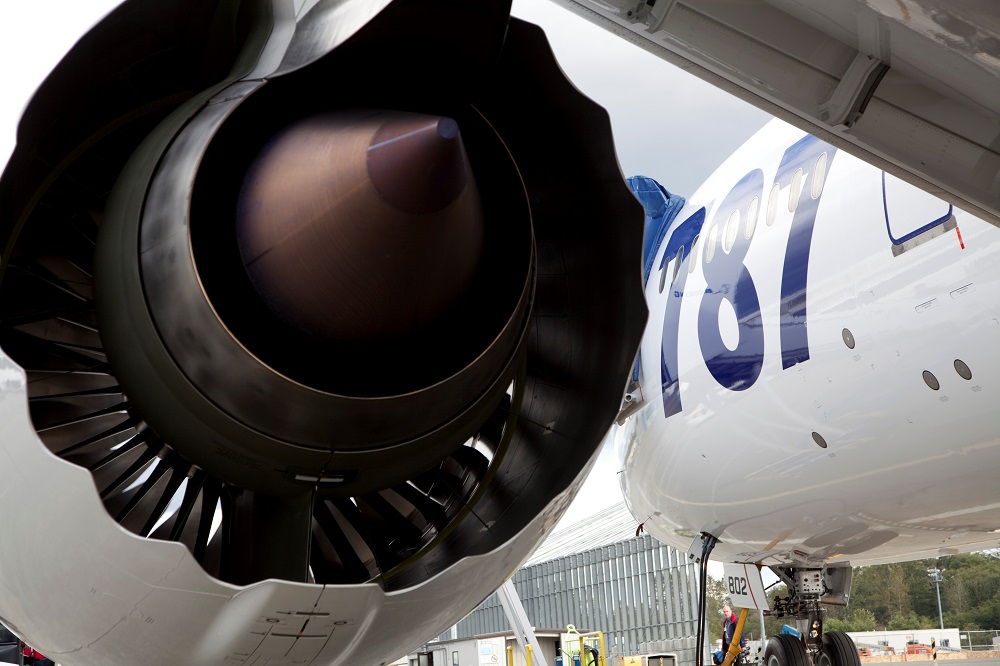A move by Rolls-Royce to minimize disruption caused by problems with Trent 1000 engines on the Boeing 787 has been set back.
The UK engine manufacture indicated in August that its plans to reduce the number of aircraft on the ground due to the engine problems were likely to be slower than expected.
This was because of the extra load placed on its maintenance repair and overhaul facilities by a faster than anticipated deterioration of the high-pressure blade in the Trent 1000 TEN engines.
The number of aircraft on the ground at the time of the announcement had fallen below 25 and plan had been to reduce that to single digits by year’s end.
However, Rolls confirmed Friday this would now not happen until the second quarter of 2020.
The Trent 1000 has been hit by several issues.
The first was sulphidation, a form of chemical corrosion, on the intermediate pressure turbine blade.
This is caused by pollutants that vary from airport to airport but can react at high temperatures found in a jet engine.
Rolls introduced a new blade design featuring an improved protective coating to boost durability and says that almost three-quarters of the fleet has now been upgraded.
A second durability issue with high-pressure turbine blades resulted in a new blade design in 2018.
Further investigation also revealed that improvements were required for the intermediate pressure compressor (IPC) rotor blade. Under certain conditions, the blades could vibrate which caused a few of them to crack.
READ: Vietnam Airlines crew fail to lower landing gear
The company is now installing a modified intermediate pressure compressor blade for package C engines that comprise about half of Trent 1000s family’s installed base.
This also meant a redesign for the IPC blades for Package B and TEN engines.
Earlier this year, it also found the reduced life expectancy for the high-pressure turbines on the TEN was lower than expected and began redesigning turbine blades.
It has since found the life expectancy of some engines, roughly about a third of the TEN fleet, was even lower than first thought and blades needed replacing sooner, putting a further load on its MRO facility.
In its latest statement, Rolls said that it decided after its August results to proactively accelerate intermediate pressure turbine (IPT) blade replacement for the limited number of Package B and C engines yet to be fitted with the final standard of IPT blade.
“This has led to additional engine removals,’’ it said.
“As a result, though we continue to work on further increasing our MRO capacity, these challenges mean that we now expect the return to single-digit level of AOGs on the Trent 1000 to be delayed until Q2 2020.
“We deeply regret the additional disruption that this will cause our customers and we continue to work closely with them to minimize the impact on their operations.”
























